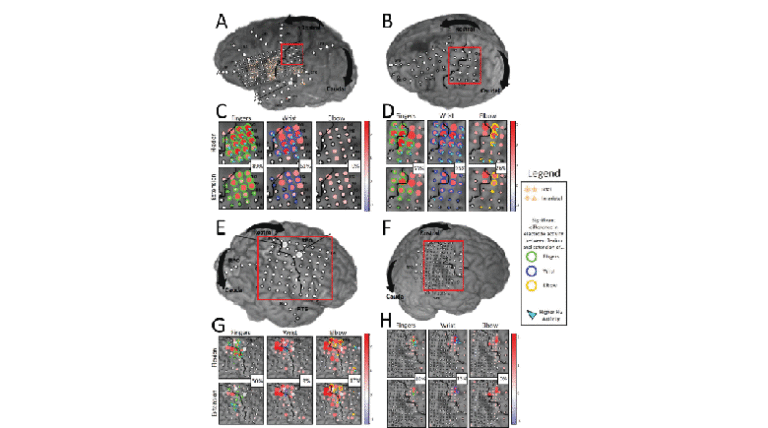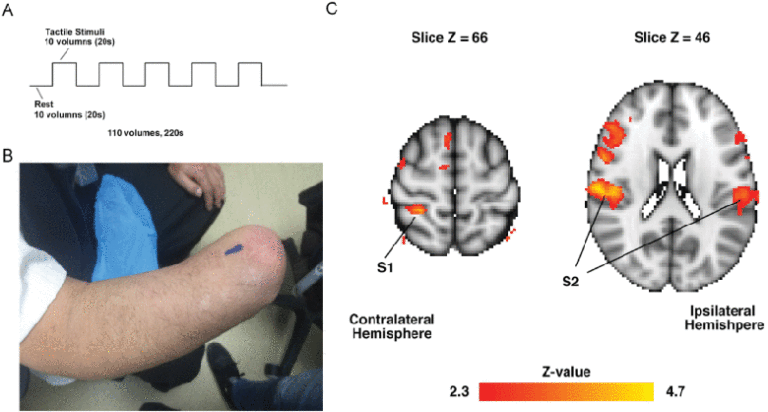Task-space Synergies for Reaching using Upper-limb Prostheses
https://www.embs.org/tnsre/wp-content/uploads/sites/15/2021/01/04.png
672
207
Transactions on Neural Systems and Rehabilitation Engineering (TNSRE)
//www.embs.org/tnsre/wp-content/uploads/sites/15/2022/06/ieee-tnsre-logo2x.png
Synergistic prostheses enable the coordinated movement of the human-prosthetic arm, as required by activities of daily living. This is achieved by coupling the motion of the prosthesis to the human command, such as the residual limb movement in motion-based interfaces.
read more



